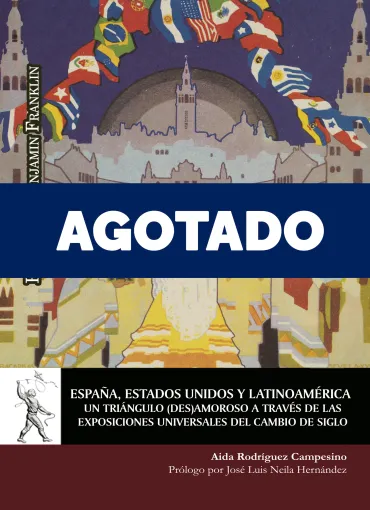España, Estados Unidos y Latinoamérica. Un triángulo (des)amoroso a través de las Exposiciones Universales del cambio de siglo
Summary:
This book explores the clash between the US Pan-Americanism and the Spanish Hispano-Americanism that were exerted upon Latin America between 1890 and 1931. They were two exercises of informal imperialism that mostly operated in the economic and cultural fields, and that had among their objectives to exercise some sort of hegemony over the Latin-American countries that used to be Spanish colonies. Behind both projects of creation of "imagined communities" there was a great objective: improving commercial exchanges.
The economic situation of Spain in the early 20th century was not the greatest, so the recovery and improvement of the commercial networks with Latin-America was essential. On the other hand, the United States focused on its capitalist expansion and needed to find new markets for its products and to obtain raw materials at a low cost.
But that economic goal was hiding behind a matter of international prestige: Spain recurred to its status as a former metropolis to seek a privileged place in its relationship with Latin-American countries from a tutelary perspective. The United States, as the "big brother" to the North, disguises that same desire in a supposedly altruistic desire of protecting the interests of their hemisphere.
The book explores the agreement and disagreement points of these two projects between 1890 and 1931, with emphasis on several international exhibitions: the Philippines Exhibition (Madrid, 1887), the celebrations of the 400th anniversary of the discovery of America (held in Madrid in 1892 and Chicago in 1893), the Pan-American Exhibition (Buffalo, 1901), and the culmination of practical Hispano-Americanism: the Ibero-American Exposition of Seville in 1929.


